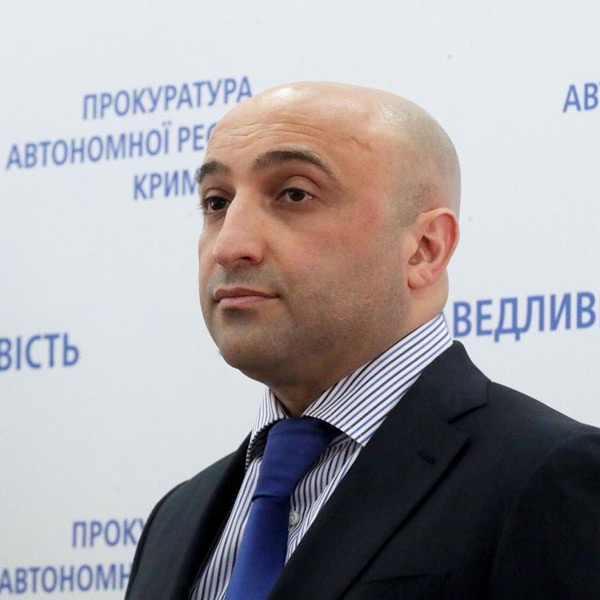“The signing in the White House of a peaceful declaration between Azerbaijan and Armenia became the news that attracted the attention of the world media. The document consists of seventeen points, but its full content is not disclosed.”, – WRITE: www.pravda.com.ua
It is known that the parties have confirmed the mutual recognition of sovereignty and territorial integrity, agreed on the development of economic cooperation and the opening of the transit path through the so -called “Trump route”, which will unite the main territory of Azerbaijan with nakhichane.
According to the media, the Declaration also provides for the abandonment of international claims and the ban on the deployment of third countries on the border.
Advertising:
At first glance, it looks like the end of a conflict that has lasted since 1987. But the experience of world policy and international relations shows that a signed treaty is only a formal frame that can secure peace on paper, but does not necessarily guarantees it in reality. The years of confrontation left deep injuries on both sides, communities destroyed, memories of violence and losses that would not disappear only because the leaders have signated under the deal.
That is why one of the key tools that can provide long -term peace is transitional justice. It is not just a set of legal procedures, but a comprehensive approach that combines responsibility of those who committed international crimes or gross violations of human rights, with measures aimed at restoring public trust. It includes the truth about the past, honoring the memory of the victims, the restoration of justice and institutional changes that should prevent the repetition of the conflict. Transitional justice is not limited to the formal “closure” of the pages of war, but helps society to live traumatic experience and find grounds for coexistence. For Azerbaijan and Armenia, this could be the best way to go. At the same time, this approach is extremely important for Ukraine, which also has the task not only of protecting its territory, but also in the future to create conditions under which the restored peace will be strong and fair.
However, judging by the media information, the parties abandoned mutual legal claims, which makes it impossible to fully implement transitional justice. Therefore, it is worth considering another approach – consolidation. It is a model of political governance that involves the distribution of power between the main groups of society so that none of them feels removed or devoid of influence. Consocialism can be an alternative to transitional justice: it does not resolve the issue of punishment for the past, but creates institutional mechanisms that reduce the likelihood of a new conflict, and is especially useful when the parties are not ready for trial of past events, but seek to consolidate peace. This concept is based on the principle of participation of all significant communities in the decision -making process, mutual recognition of veto rights in matters that affect their fundamental interests, and ensure autonomy in internal affairs. This approach became the key to reducing the level of violence in Northern Ireland, where the Belfast Agreement in 1998 created mechanisms for joint management between nationalist Catholics and Yunionic Protestants. She did not eliminate all the contradictions, but made it possible to turn an armed confrontation into political dialogue.
Of course, classical consolidation is primarily about domestic issues. That is why this approach is currently unanswered to Karabakh or Suuni region. However, the adaptation of its principles could strengthen the result achieved by a peace agreement.
At the same time, it is possible to avoid transitional justice, but it is possible to achieve a sustainable peace, but it significantly complicates the task. Approaches such as consolidation or experience in Northern Ireland are worthy alternatives, but even they often include elements of recognition, dialogue or restoration of justice, albeit in a formal format of justice. Instead of investigation and punishment for the past, consolidation proposes guarantees of future security and cooperation, enshrined in institutional form, and instead of recognizing guilt and compensation – mechanisms of equal representation in resolving common issues, which reduces the risk of restoring conflict through political isolation or revenge.
Peace is always more than a diplomatic document. It is a process in which every step matters: from recognizing the truth and honoring victims to the creation of a political system capable of withstanding the pressure of conflict interests. History shows that without this, even the most detailed agreements run the risk of remaining only beautiful words on paper. True peace is born when societies are mutually ready not only to live nearby, but also to see each other equal and worthy partners in a common future.
Gunduz Mammades
A column is a material that reflects the author’s point of view. The text of the column does not claim the objectivity and comprehensive coverage of the topic that rises in it. The editorial board of “Ukrainian Truth” is not responsible for the accuracy and interpretation of the information provided and plays only the role of the carrier. The point of view of the UP editorial board may not coincide with the point of view of the author of the column.
